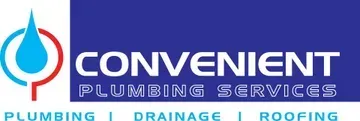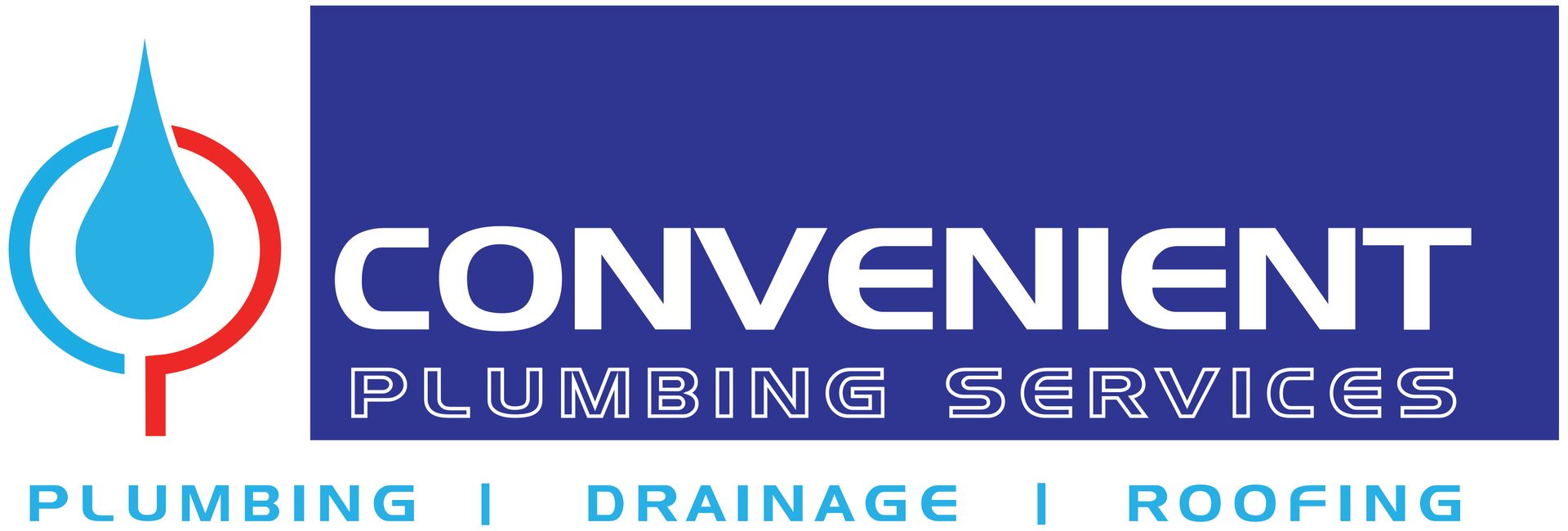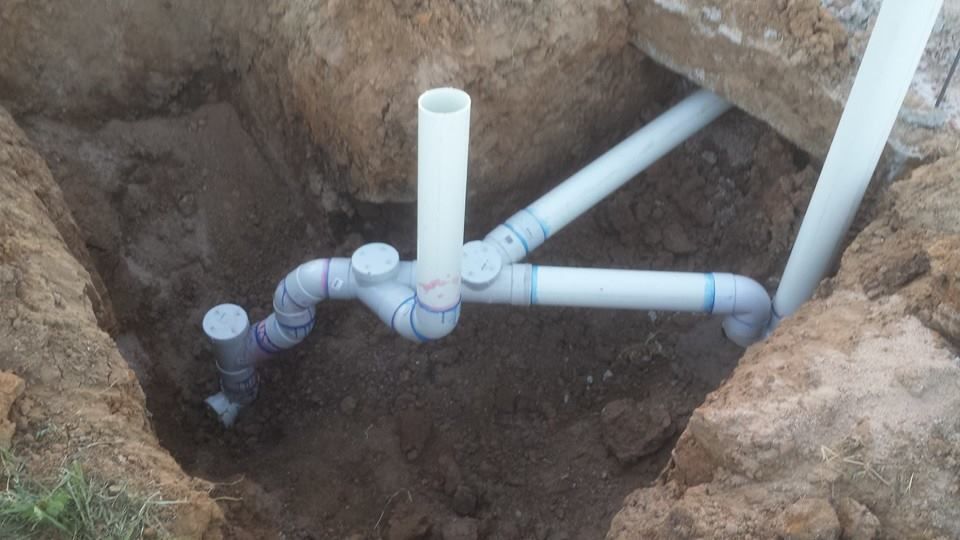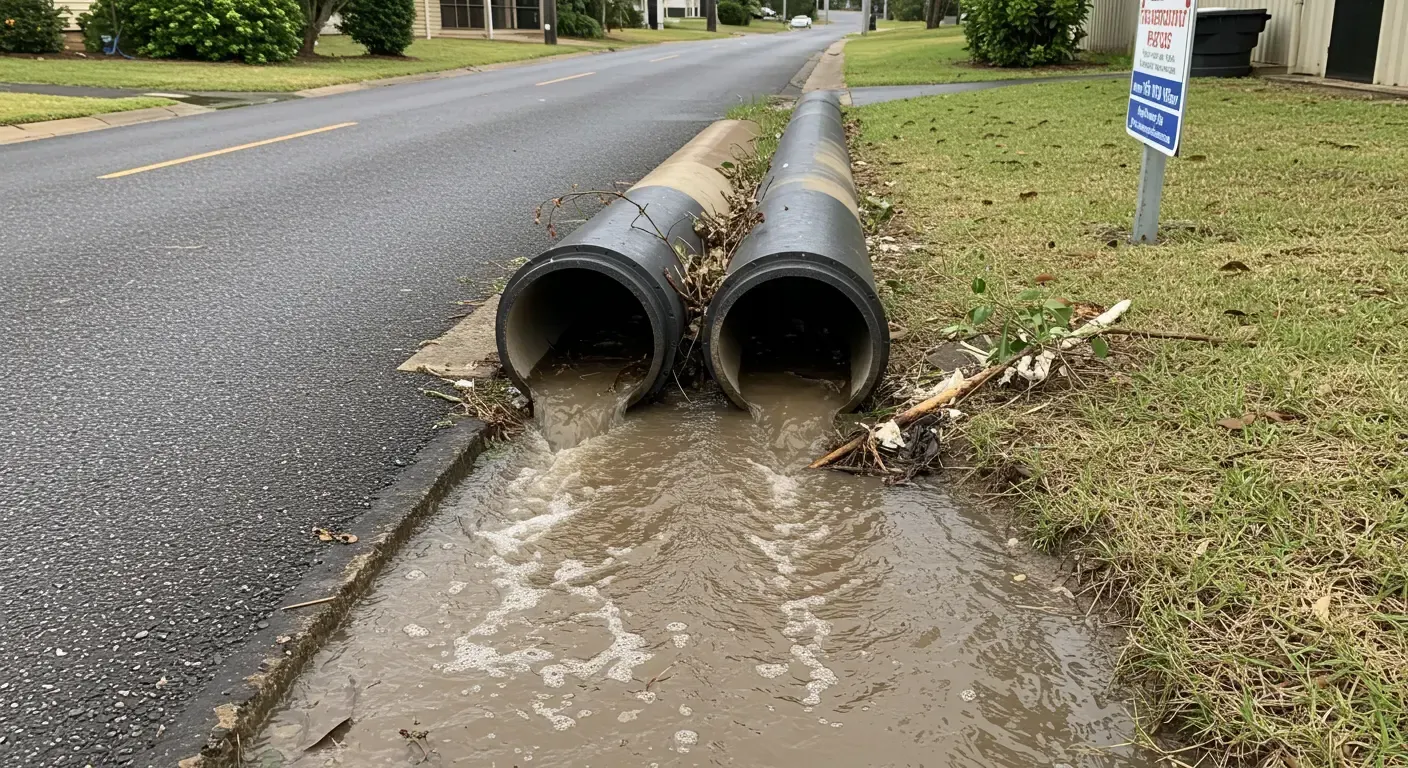How to Find Best Plumbing Services in Townsville Suburbs
It happens fast. One minute you’re brewing coffee, the next, there’s water pooling around your feet. Burst pipes, overflowing toilets, clogged drains – plumbing disasters don’t wait for business hours or the weekend to pass.
In moments like these, your first few steps can make all the difference. Whether you’re managing a busy café in Townsville, looking after a rental property, or simply trying to stop your laundry from becoming a swamp, knowing what to do before a plumber arrives is essential.
This guide walks you through exactly what to handle, how to stay safe, and how to buy yourself time, without making the damage worse.
1. Assess Quickly, Stay Calm (The First 60 Seconds)
The first instinct is often panic. That’s normal. But clear thinking beats chaos every time.
Start by observing, not reacting.
Where’s the water coming from? Is it a sudden gush or a slow overflow? Does it smell off (like sewage), or is it clean?
Quickly check:
✔ Source: Tap, appliance, pipe, or sewer line?
✔ Spread: One room or multiple? Any electrical points nearby?
✔ Safety: Is the floor slippery? Are there people or pets in danger?
If the water’s still flowing, your next step is to shut it off, either at the main valve or the fixture level. But don’t rush. A clear picture now prevents bigger problems later.
Tip for business owners and landlords: Keep a printed emergency map near key areas, showing where valves and switchboards are. When multiple people share a space, clarity saves time.
2. Shut Off the Water – Main or Fixture-Level
Once you’ve assessed the situation, act fast to cut off the water supply. This step alone can save you thousands in repairs.
Start at the Source:
✔ Main shut-off valve: Usually located where the water line enters your property, in homes, that’s often near the front wall or garden tap; in commercial spaces, it could be in a utility room or external box.
✔ Fixture valves: If the problem is isolated (like a leaking toilet or kitchen tap), turn off the small valve directly underneath or behind the unit.
After turning off the water, open nearby taps to drain pressure from the lines. This reduces the chance of a secondary leak.
Don’t know where your shut-off valves are? Time to find out before the next emergency.
Consider labelling them clearly or snapping a quick photo to keep on your phone.
Tip for rental managers: Give tenants a basic plumbing cheat sheet. It’s better than getting called at 2 am for a shut-off they could’ve done themselves.
3. Kill the Power If Water Is Nearby
Water and electricity? Never a good mix. The moment you see water near outlets, cords, or appliances, it’s time to power down.
Do this immediately (if safe to do so):
✔ Go to your main switchboard and shut off power to the affected zones.
✔ Don’t just unplug devices; cut the circuit on the board.
✔ Never touch switches or sockets if your hands or the wall are wet.
Avoid candles. Use torches or your phone flashlight instead. Candles may seem handy, but in a wet, unstable setting, they bring fire risk into the equation.
If you’re unsure whether it’s safe, step away and wait for professional help. And always keep your emergency electrician and plumber’s contacts on hand, especially during storm season.
Local insight: In Townsville’s older buildings and high-humidity zones, even a little water can mean serious risk. Don’t assume the worst won’t happen.
4. Contain the Damage: Towels, Bins, Barriers
Stopping the leak is one thing. Stopping the damage is the next priority.
Here’s what to do fast:
✔ Grab towels, buckets, and bins to catch drips or soak up puddles.
✔ Protect your flooring, especially timber, laminate, or carpet, by laying down old sheets or plastic tarps if you have them.
✔ Move valuables immediately: electronics, documents, shoes, or anything absorbent. Stack them on shelves, crates, or countertops.
Block doorways or hallways with rolled-up towels to stop the spread into other rooms. If water’s trickling toward a drain that isn’t clogged, let it. That’s one less thing to mop up.
For small business owners: Clear pathways for safety and mark wet floors to avoid liability. If water’s threatening stock or equipment, unplug, elevate, and document everything.
The goal here isn’t to clean up completely, just slow the spread and protect key areas before help arrives.
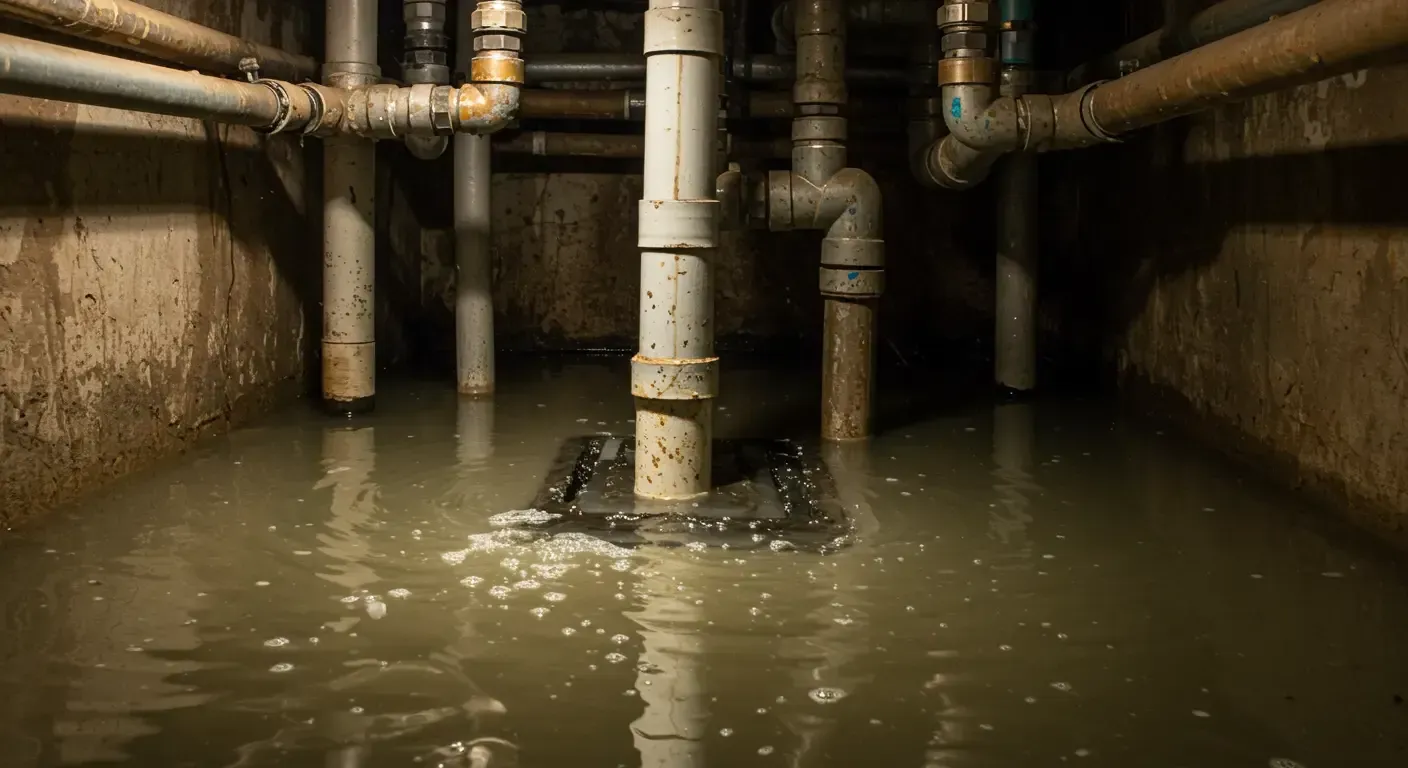
5. Temporary Fixes: What You Can Do and What to Leave Alone
Some situations need pro tools. Others just need a calm hand and the right tape.
What you can try:
✔ Wrap leaks in rubber sheeting or thick cloth and secure it with hose clamps or zip ties.
✔ Use waterproof or duct tape as a short-term barrier around cracks in accessible pipes.
✔ Apply epoxy putty (if handy) to slow down steady drips.
Got a wet/dry vacuum? Use it to lift pooled water from carpets or tiles before it soaks in.
But avoid this:
✔ Don’t touch anything connected to your hot water system or sewer line; the risk isn’t worth it.
✔ Skip any DIY if the leak is behind a wall or ceiling; hidden water often causes more damage than visible leaks.
Quick test:
If it takes more than 2 minutes to figure out how to fix it, don’t. Wait for your plumber.
Even if it looks stable, monitor your patch. If it worsens, reinforce it or step back and leave it be. These fixes buy time, not a long-term solution.
6. Dirty or Contaminated Water? Step Back.
When the leak involves greywater (used water from sinks/showers) or sewage, the game changes.
Now you’re not just dealing with property damage, you’re dealing with a health hazard.
What to do:
✔ Avoid direct contact, especially if you’ve got cuts or scrapes.
✔ Wear rubber gloves, boots, and ideally a face mask. Even breathing in vapours from sewage can cause illness.
✔ If it’s safe, block off the area and keep others out.
✔ Open windows or use fans to ventilate the space, and mould can start growing within 24 hours.
After the flow stops, disinfect any surfaces the dirty water touched. If you’re unsure what qualifies as "clean enough," err on the side of caution and get a professional clean-up crew involved.
Don’t try to fix sewer pipes or open drains yourself. Townsville regulations may require licensed pros for that work, and your health isn’t worth risking.
7. Call
for Help (And What to Say to Your Plumber)
Calling a plumber isn't just about speed; it’s also about clarity. The right info upfront can shave hours off your repair time.
Before you call, note down:
✔ Where the leak started and how it spread
✔ What you’ve already done (shut-off, patch, moved items)
✔ Any unusual sounds, smells, or colours in the water
✔ If the issue is recurring or totally new
Bonus points: Snap a few photos or a quick video. Visual context helps the plumber bring the right tools and materials.
For businesses or landlords:
Mention:
✔ If the building has elevated tanks, heritage pipes, or outdated fittings
✔ If the property has limited access or unique plumbing layouts
And most importantly, don’t downplay it.
If you're calling, it's serious enough. Let the expert decide what’s urgent and what’s routine.
Convenient Plumbing Services covers emergency calls across Townsville, so don’t sit on it. The sooner we know, the faster we can help.
8. Be Ready Next Time: Build Your Emergency Plumbing Kit
You can't always stop plumbing problems from happening, but you can stop them from turning into full-blown disasters.
Every property should have a basic plumbing emergency kit:
✔ Waterproof or duct tape
✔ Epoxy putty
✔ Towels or absorbent cloths
✔ A mop and bucket
✔ Rubber gloves and boots
✔ Torch (with spare batteries)
✔ Zip ties or hose clamps
✔ A list of emergency contacts (including your plumber and electrician)
Label your shut-off valves and switchboard breakers, especially in rentals, older properties, or shared buildings. Knowing where everything is during an emergency means no guesswork when it matters most.
For landlords and business owners, go a step further:
Keep a printed emergency plan near entrances or service areas. A $2 laminated sheet can save thousands when your staff or tenants know what to do.
Calm Beats Chaos Every Time
That heart-sinking moment when water starts flowing where it shouldn’t?
Yeah, no one’s ready for it. But the right response in the first few minutes makes all the difference between a soaked floor and a serious rebuild.
Whether it’s your home, your workplace, or a rental you manage, handling a plumbing disaster before help arrives is about:
✔ Staying calm
✔ Acting fast (safely)
✔ Knowing what not to do
At Convenient Plumbing, we’ve seen everything from mild leaks to full-blown geysers, and we’re here 24/7 to help you get back on track.
Need urgent help in or around Townsville? Call us now for fast, reliable support.
FAQs
1. Can I turn the water back on once the leak looks under control?
Hold off until a plumber checks the damage. Reintroducing water too early can restart the leak or trigger hidden issues.
2. What should I do if I can't find the main shut-off valve?
Look near the front boundary, meter box, or under sinks for fixture valves. If unsure, call your plumber ASAP, don’t waste time guessing.
3. Is it legal to do temporary plumbing fixes in a rental?
Minor fixes like wrapping a pipe are generally fine. But don’t remove fittings or access wall cavities, which can breach tenancy or safety laws.
4. What if the leak involves brown or smelly water?
Treat it as contaminated. Avoid contact, ventilate the space, and call in professionals. This could be greywater or sewage-related.
5. Does Convenient Plumbing handle after-hours emergencies near Townsville?
Yes, we cover a 100 km radius around Townsville, 24/7. Fast, licensed, and ready when you need us most.
